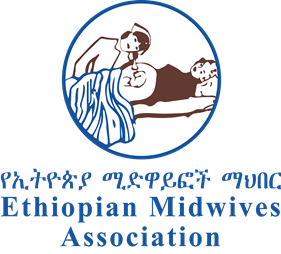
ADDIS ABABA –Ethiopia must increase the number of midwives and enhance their contributions to significantly reduce maternal and child mortality, thereby achieving Sustainable Development Goal 3, according to the Ethiopian Midwives Association.
The Association’s Executive Director Fekadu Mazengia told The Ethiopian Herald that efforts are underway to achieve Sustainable Development Goal 3, which promotes Good Health and Well-being by improving maternal and child healthcare services through the deployment of more competent midwives.
“Midwives are currently playing a leading role in reducing maternal deaths, providing 87% of childbirth services,” he said.
Ethiopia has made progress in gradually reducing maternal and child mortality rates, with the maternal mortality rate dropping from 1,035 per 100,000 live births in 2017 to 195 per 100,000 currently. However, Fekadu emphasized that this figure still needs to be reduced further, ideally to three deaths per 100,000, to meet international health standards.
He also acknowledged the significant contributions of obstetricians and gynecologists in ensuring safe deliveries.
Citing international standards that recommend a woman should not remain in labor for more than 30 minutes without assistance, he underscored the importance of having an adequate number of midwives to ensure safe deliveries. Midwives, he added, can reduce maternal mortality during childbirth by up to 5%.
According to Fekadu, more than 25,285 midwives are currently working in Ethiopia, providing services such as preconception care, pregnancy tests, and regular monitoring to promote maternal and child health.
He stressed that Ethiopia requires around 60,000 midwives, with current plans calling for at least seven midwives per hospital per day.With approximately 4.1 million births occurring annually, the demand for midwifery care remains high.
The leading cause of maternal deaths is postpartum bleeding within the first 24 hours of delivery, a condition that midwives are well-equipped to address. They also play a key role in identifying infections and other complications,he elaborated.
Through collaboration with various stakeholders, the Association has contributed to a decline in maternal mortality rates in recent years. The number of midwives trained annually has increased from 4,500 to 12,000 under the Accelerated Midwifery Program.
However, there is still a substantial gap between the number of available midwives and the needs of mothers, especially in rural areas, Fekadu stated.
To sustainably improve maternal and child health, he emphasized the importance of reducing the workload of midwives and providing incentives for their service.
BY MESERET BEHAILU
THE ETHIOPIAN HERALD SUNDAY EDITION 13 APRIL 2025





